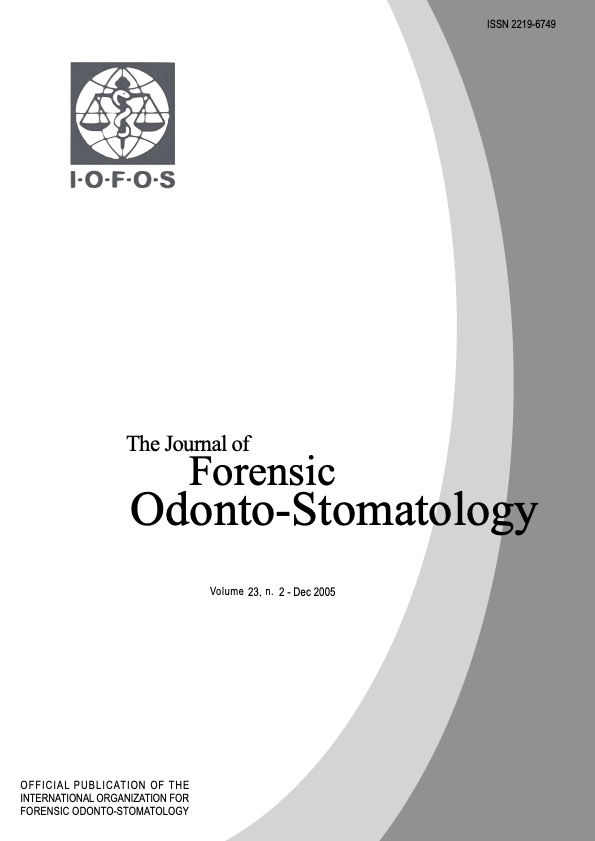Forensic facial approximation: an overview of current methods used at the Victorian Institute od Forensic Medicine/Victoria Police Criminal Identification Squad
Abstract
Forensic facial approximation involves building a likeness of the head and face on the skull of an unidentified individual, with the aim that public broadcast of the likeness will trigger recognition in those who knew the person in life. This paper presents an overview of the collaborative practice between Ronn Taylor (Forensic Sculptor to the Victorian Institute of Forensic Medicine) and Detective Sergeant Adrian Paterson (Victoria Police Criminal Identification Squad). This collaboration involves clay modelling to determine an approximation of the person’s head shape and feature location, with surface texture and more speculative elements being rendered digitally onto an image of the model. The advantages of this approach are that through clay modelling anatomical contouring is present, digital enhancement resolves some of the problems of visual perception of a representation, such as edge and shape determination, and the approximation can be easily modified as and when new information is received.

